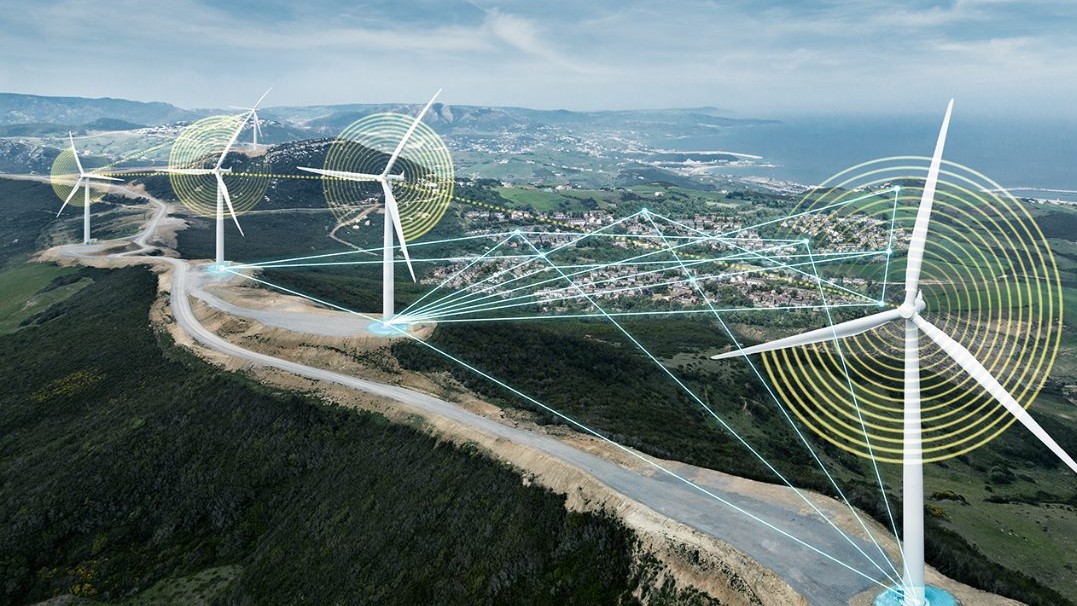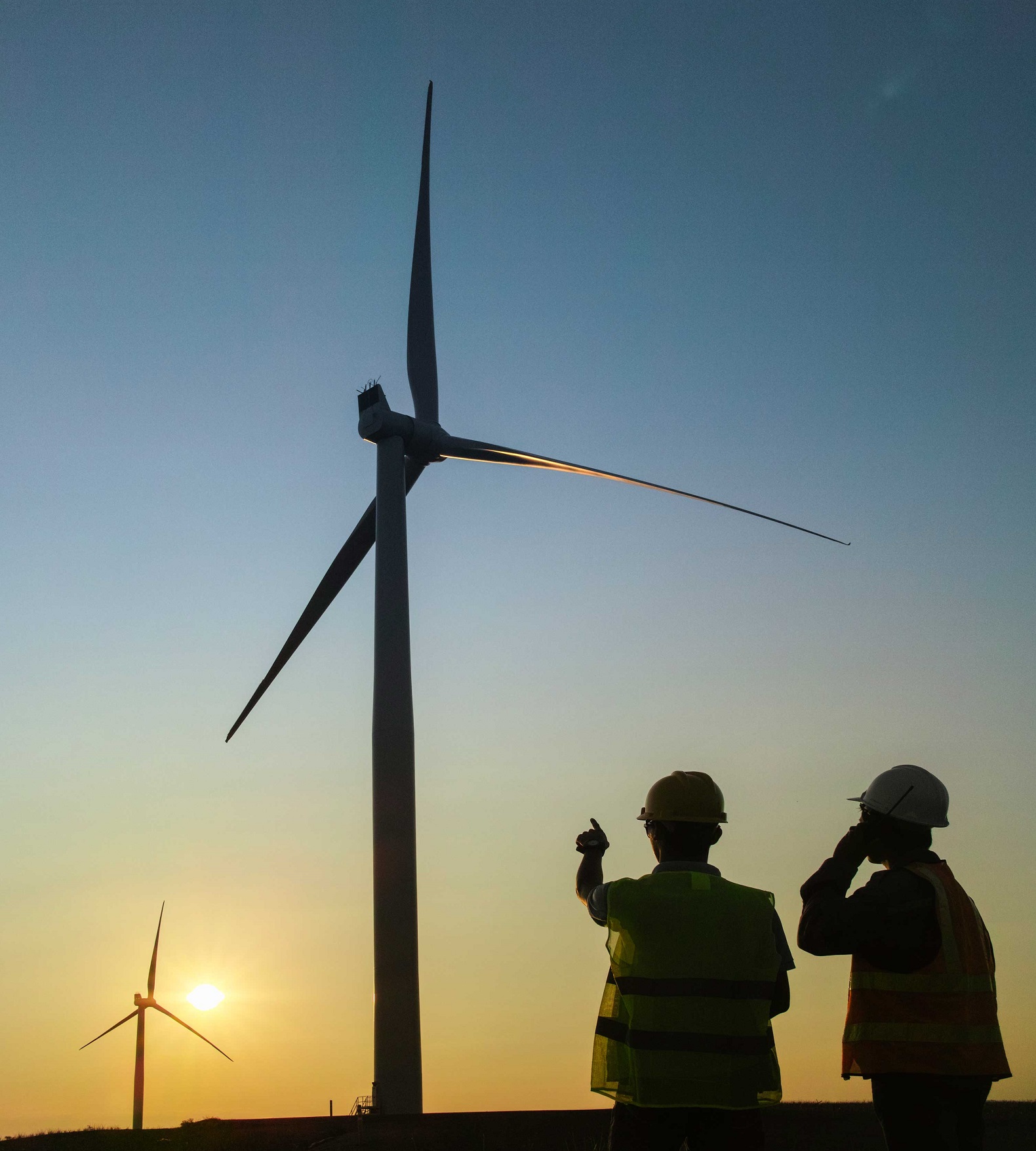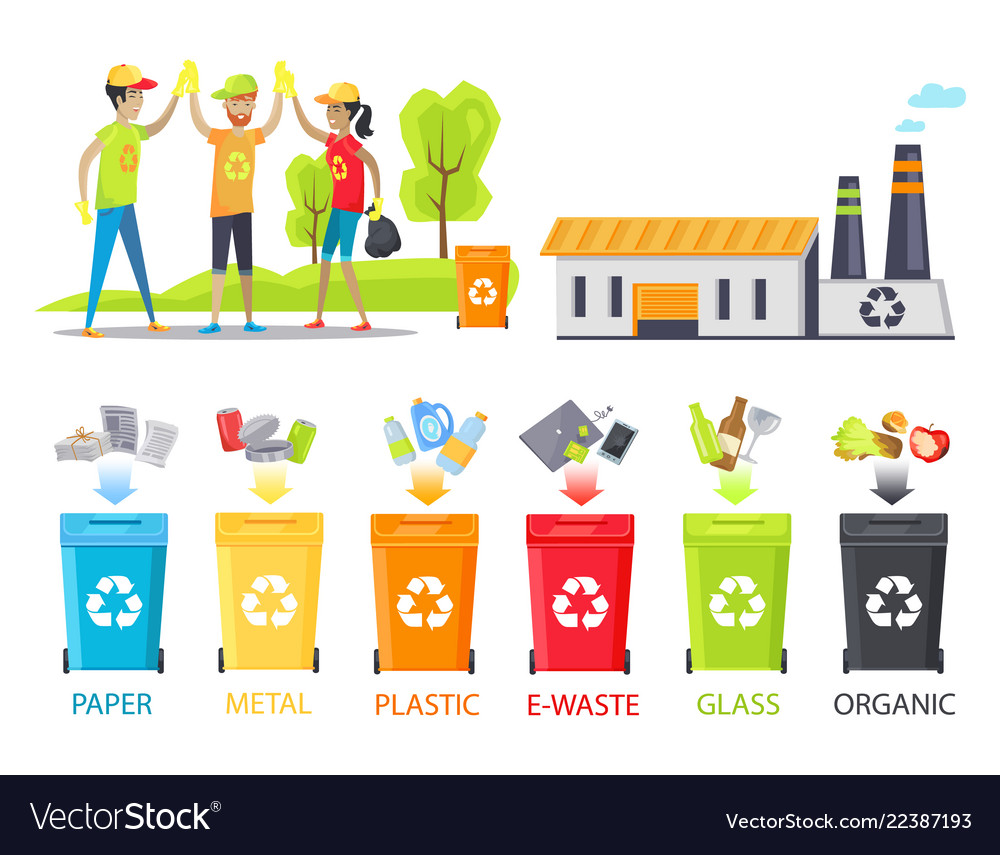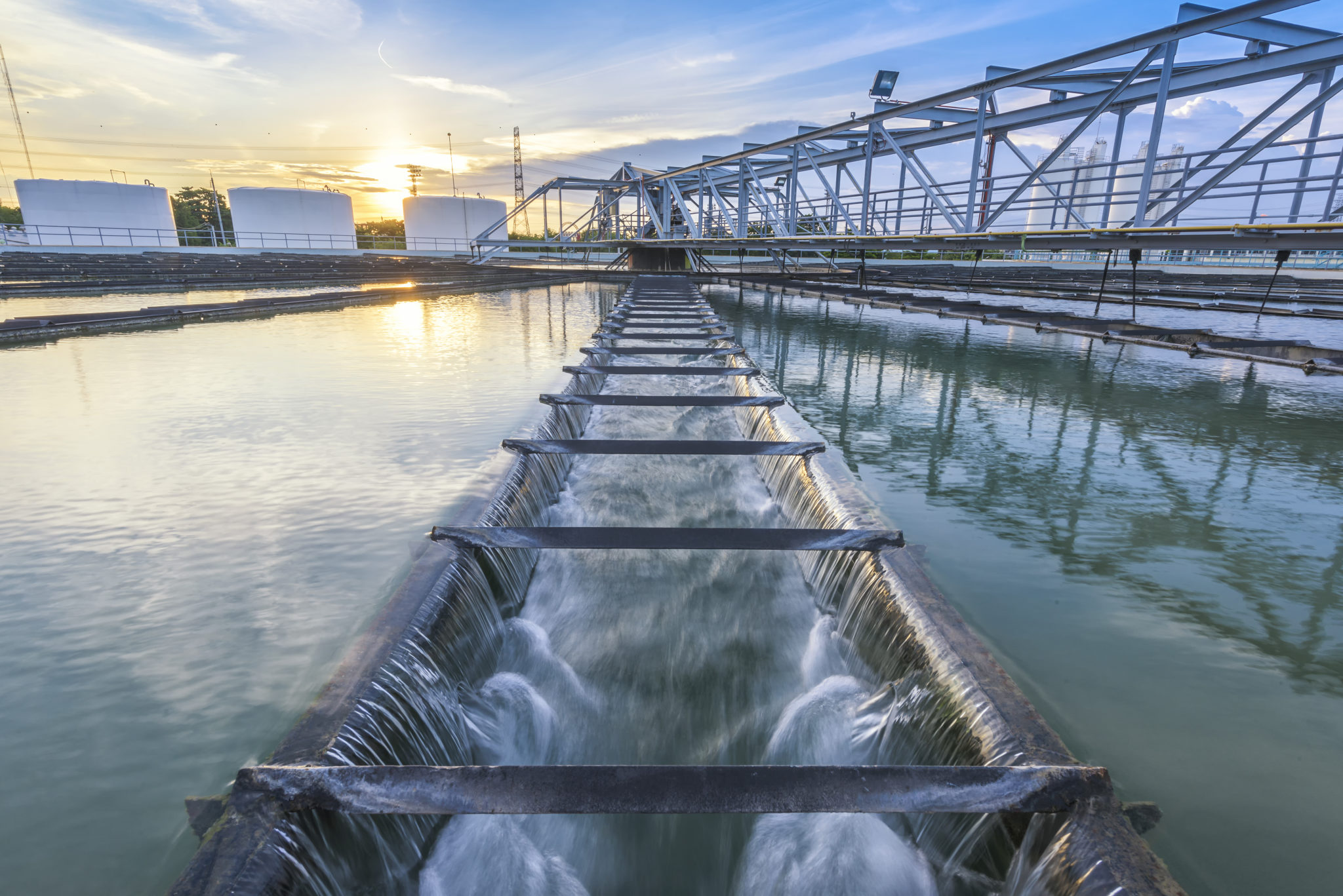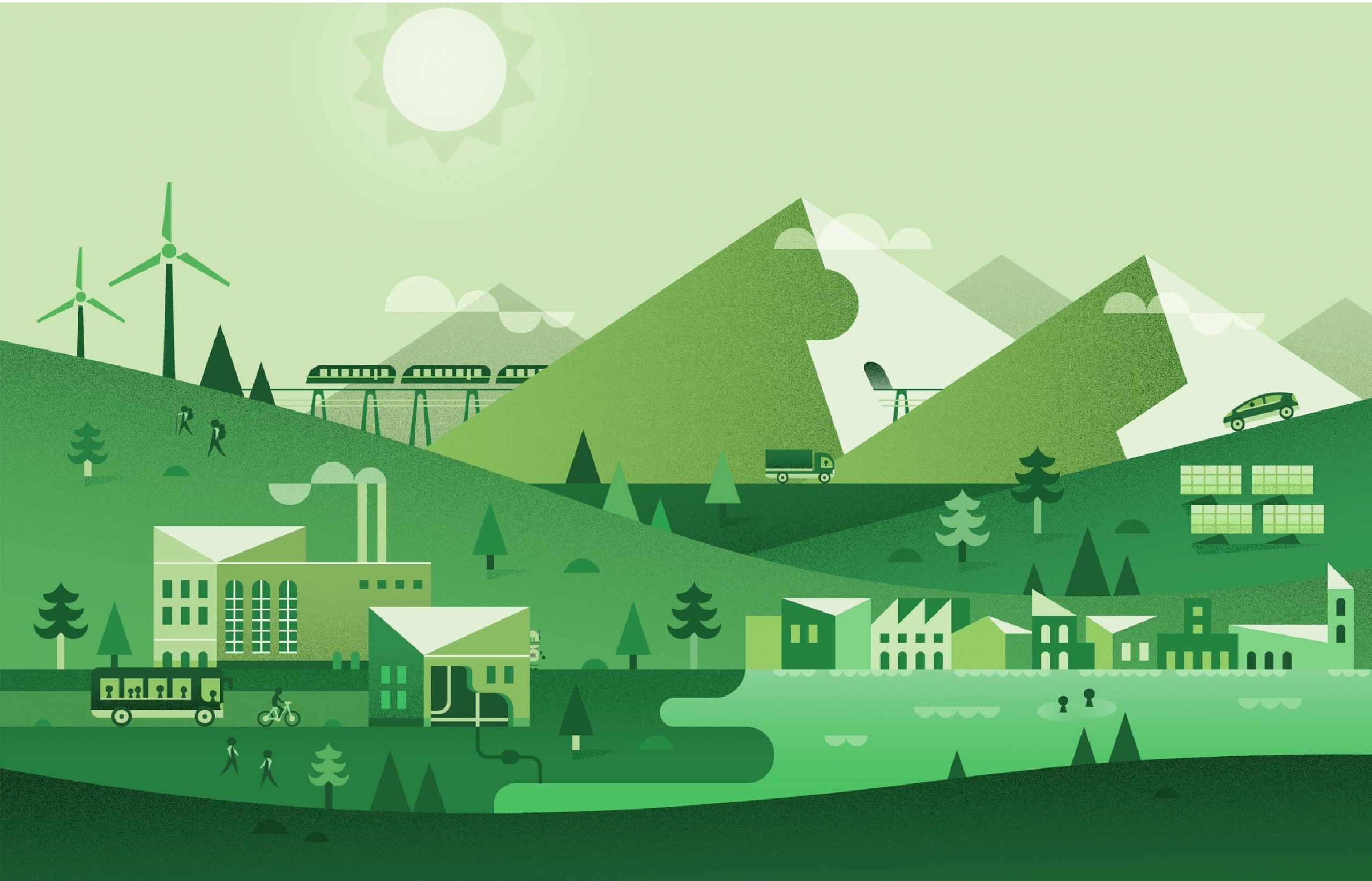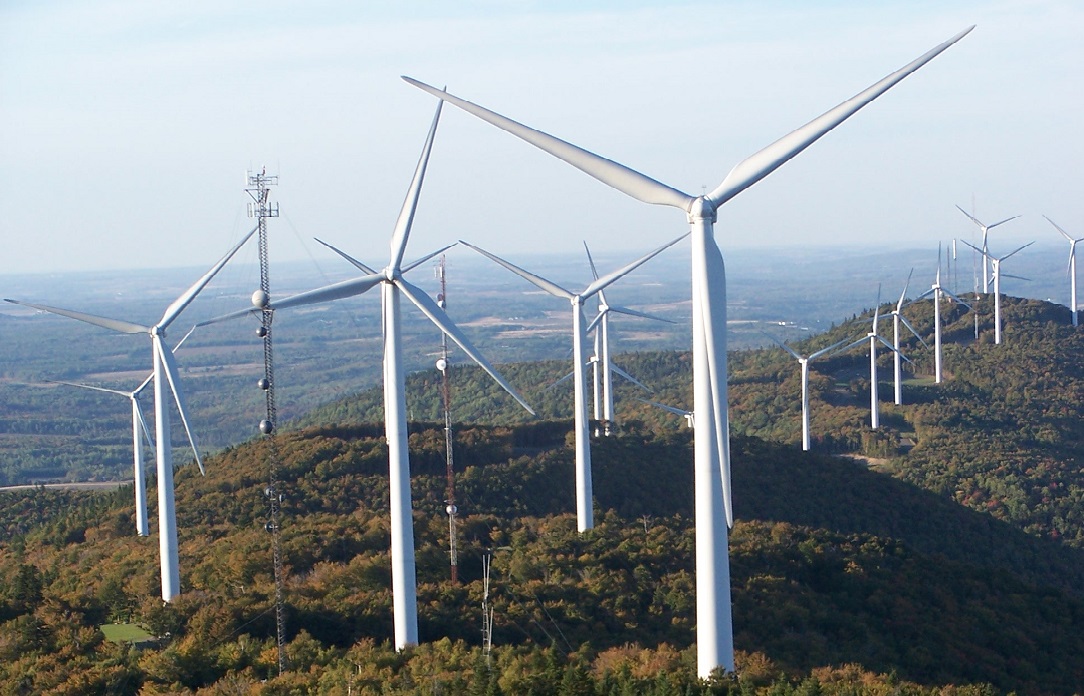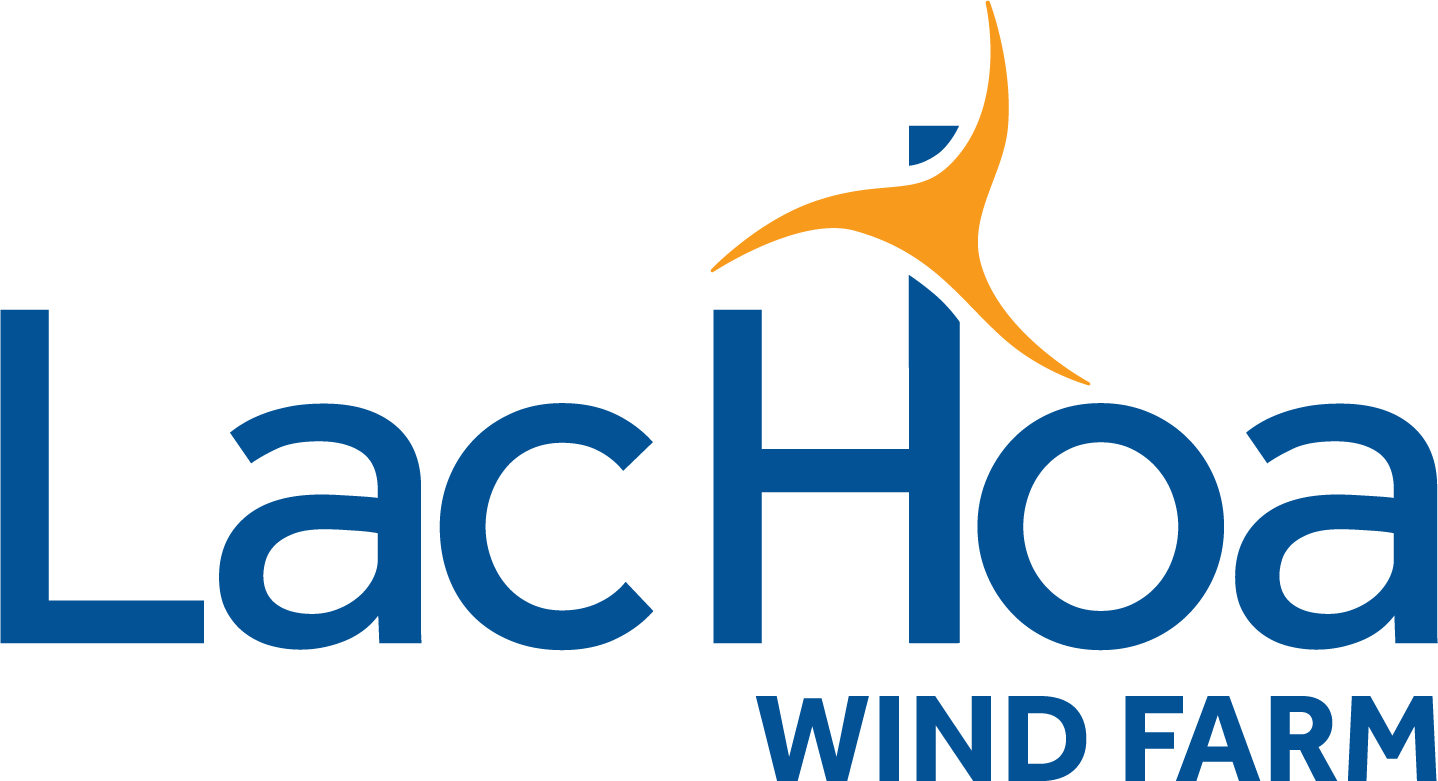OPERATION PHASE
Activities
The Lac Hoa Wind Power Plant Project is expected to come into operation in September 2021.
It is expected that when put into operation, the plant will contribute 112,323 MWh to the annual national grid at phase 1.
The life cycle of an average wind farm lasts from 20-25 years. During the operation of the Plant, the Project owner will always endeavor to minimize environmental and social impacts. In addition, we also accompany local people in our community projects, contributing to the promotion of economic development, infrastructure and other local conditions.
Environmental & Community Protections
The project will bring a number of benefits or positive impacts on the environment and community during the operation phase, including but not limited to the followings:
- 80-120 Provincial jobs during construction and 8-15 jobs during operation for both Hoa Dong and Lac Hoa projects.
- Improving landscape and attracting tourists because of the presence of wind turbines.
- By providing 112,323 MWh every year to the National Grid, the project contributes to reducing about 102,500 tones of CO2 equivalent emissions per annum.
- Bring sustainable values to the communities and environment.
- Reduce the country’s dependence on fossil fuel in power production.
- Income for restaurants and businesses during construction and eco-tourism during operation.
- Reducing the country’s dependence on fossil fuels in power generation.
Potential Impacts & Mitigation Measures
Noise
Noise studies have been completed for the project and baseline noise has been defined and noise from turbines will not affect the current noise level at approximately 200m from turbine.
Vestas machines –the latest designed model with high quality will be used to reduce the level of noise generated.
Selecting low-noise transformers.
Periodically maintenance for transformers and turbines will be strictly followed.
Shadow flicker
During the operation of wind turbines, there might be some issues caused by shadow flicker impacts to the nearby residential areas. The developer will work closely with receptors to identify the impacts and propose reasonable mitigation measures when appropriate
Solid waste
Adequate containers with lids are to be arranged to collect all domestic waste caused by employee activities (at the O&M building).
A qualified unit will be appointed under a contract to periodically collect and treat domestic waste and non-hazardous industrial waste.
The solid waste generated during the repair and maintenance of the wind turbines, substation and lines or when there are problems (with insulators, wires, tower steel bars or accessories, etc.) will be collected to the plant’s waste storage area. Then, to be transported and treated according to relevant regulations, by contracted third party.
Hazardous waste
Chemicals and fuels used for the project are to be stored in appropriate areas, avoiding the risk of spillage into the soil. Warehouses and storage equipment must be made from impervious and fireproof hard materials and only qualified personnel are given access there.
A properly licensed contractor will be employed to transport and dispose of hazardous waste periodically. The transportation and treatment will be done every 6 months and/or when legally required.
Rainwater
Rainwater will be collected separately from wastewater and a rainwater drainage system will be built in which rainwater will run off to the plant’s foundation through the drainage system into the existing manholes which are connected to the entire plant drainage system.
Domestic wastewater
Domestic wastewater generated from daily activities of workers operating in the plant will be collected to the 03-compartment septic tank, then will go to the basic wastewater system to ensure the discharged wastewater meeting QCVN 14: 2008/BTNMT, Column B.
Biodiversity
The project has completed baseline biodiversity studies and is committed to mitigating and studying the impact of the construction and operation of the wind farm. The Project Company will monitor bird and bat strikes during the operation and will consult relevant experts and apply mitigation measures to minimize the impacts that including the following options:
- Restricting the free rotation of turbines and/or reducing the operating intensity of the blades at night and in the high-risk periods by rotary vanes along with the blades (of 90˚ and parallel to the wind direction) or increasing the starting speed to 5m/s at night.
- Installing bird and bat deterrent devices in the areas with a high rate of dead avian species and fly devastators on the transmission lines to reduce collisions with birds can be considered (the installation will be considered to implement if appropriate).
- In case of any nearly endangered or endangered species found to be impacted, the project company will make plans to protect them.
Traffic, radar and telecommunication systems
Only road vehicles granted valid registration certificates are permitted to operate at the project. Drivers must be granted valid driving licenses.
All oversized/overloaded equipment (e.g. turbine, substitution equipment during operation) for the operation phase of the project will be registered by the contractors in accordance with law provisions.
The project owner may consider installing directional antennas and/or amplifiers to increase the signals, as measures to mitigate turbine noise (if any) according to the Environmental, Health, and Safety (EHS) Guidelines of the World Bank Group (WBG).
Electromagnetic Fields (EMF)
Wind turbines produce EMF by generating voltage at only 720V and use mostly 22,000 (22KV) underground collection systems. The voltage in homes is 220V and is transmitted at voltages of 22KV to 110,000 (110KV) in Vinh Chau Town.
The Project’s health and safety team will take EMF measurements and provide information to the public to ensure the field strength from turbines do not exceed safe operation.
